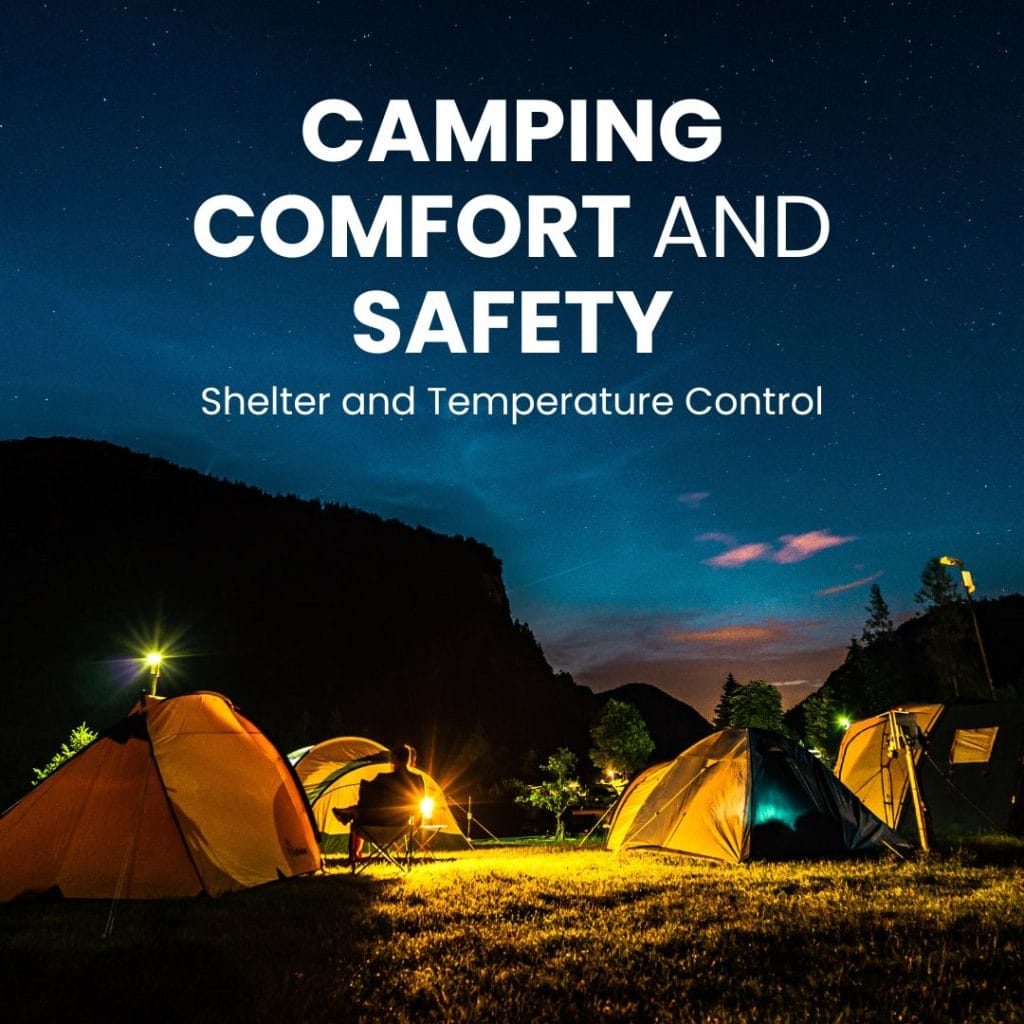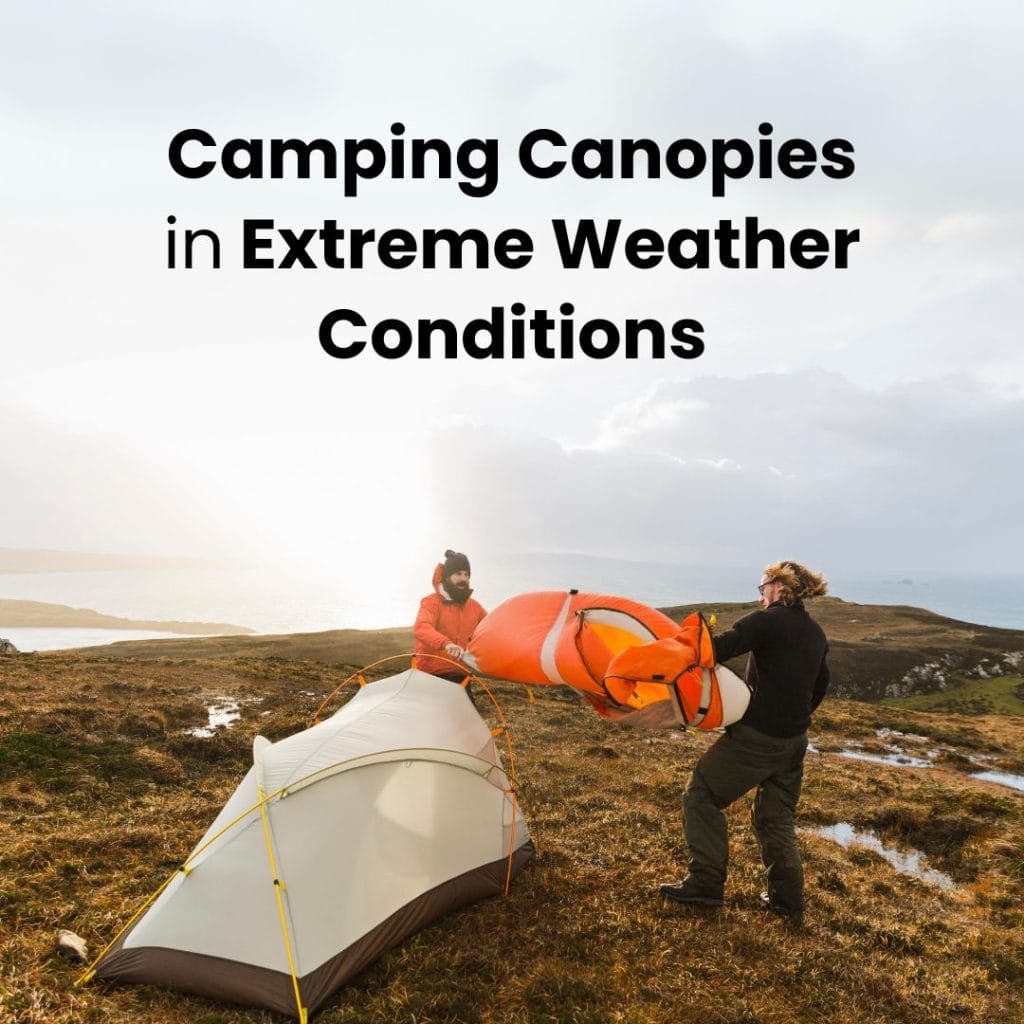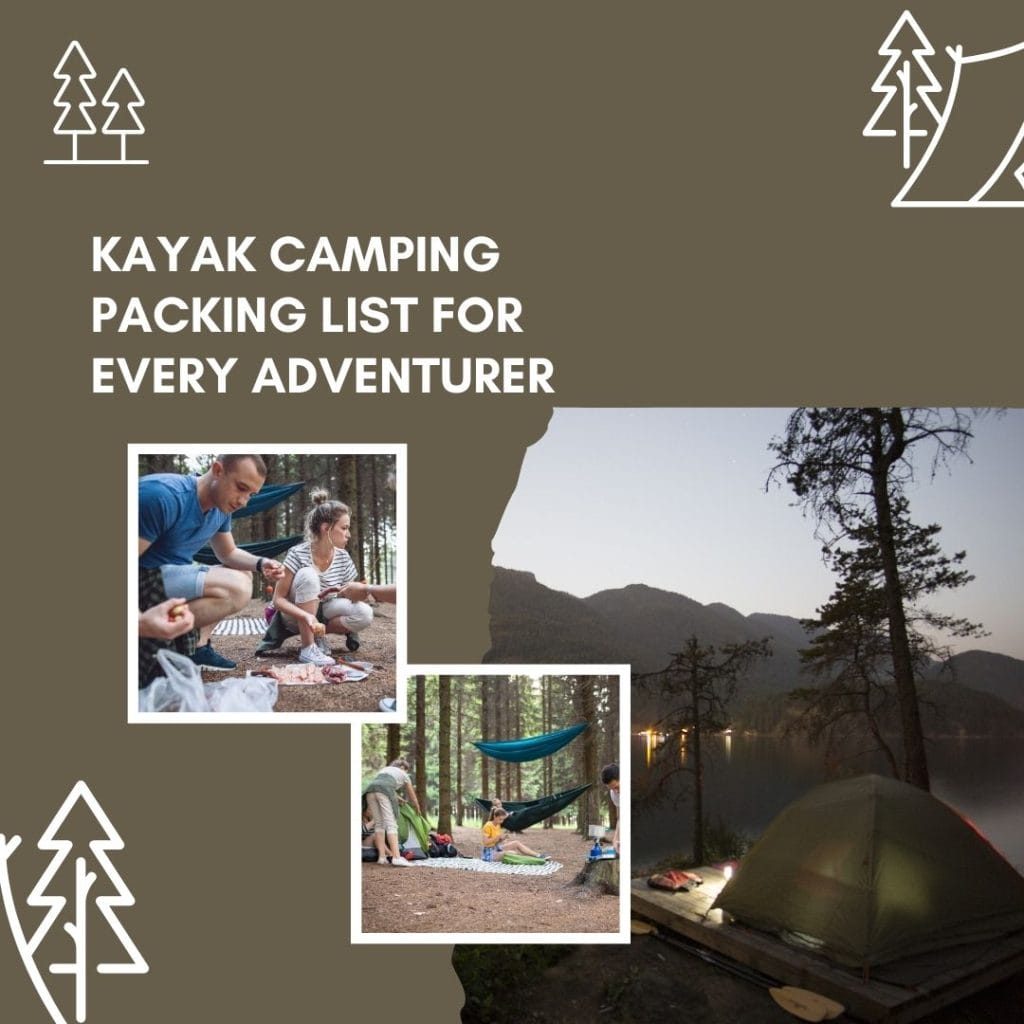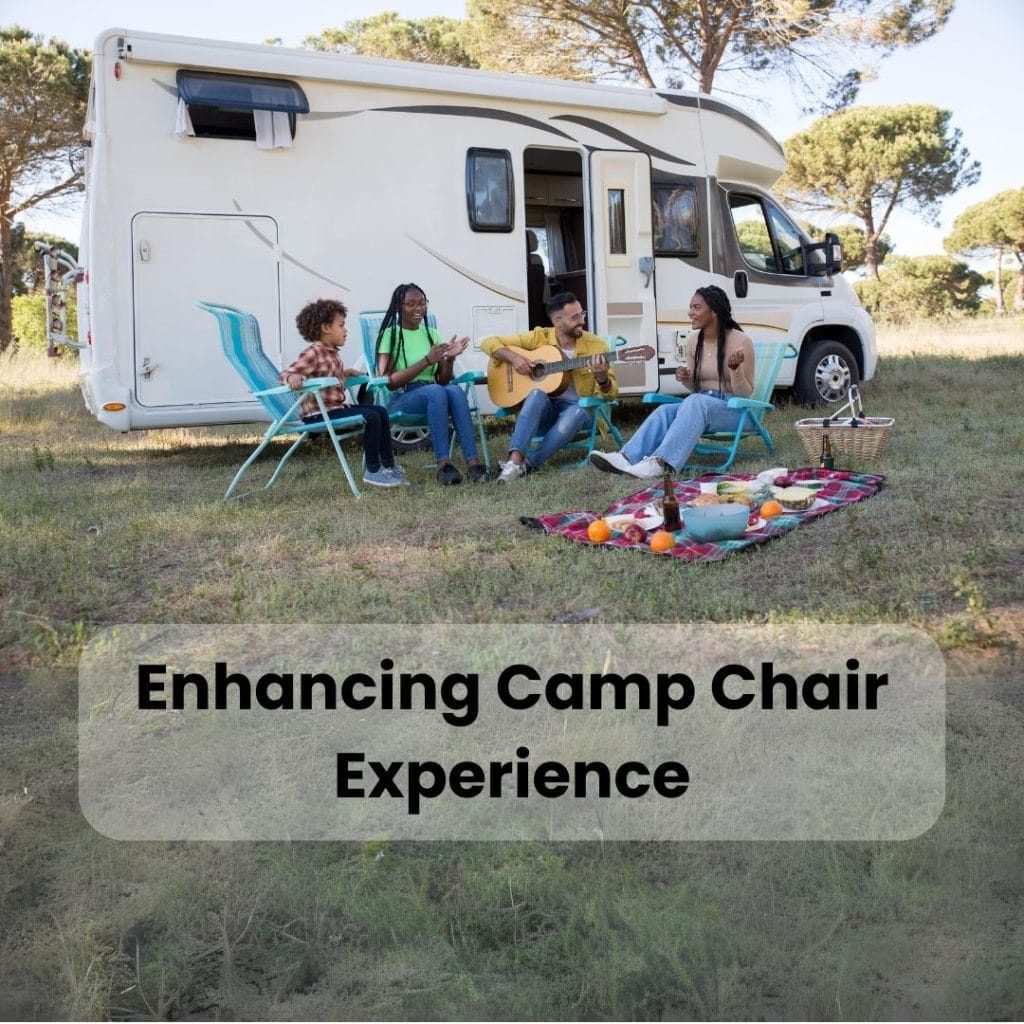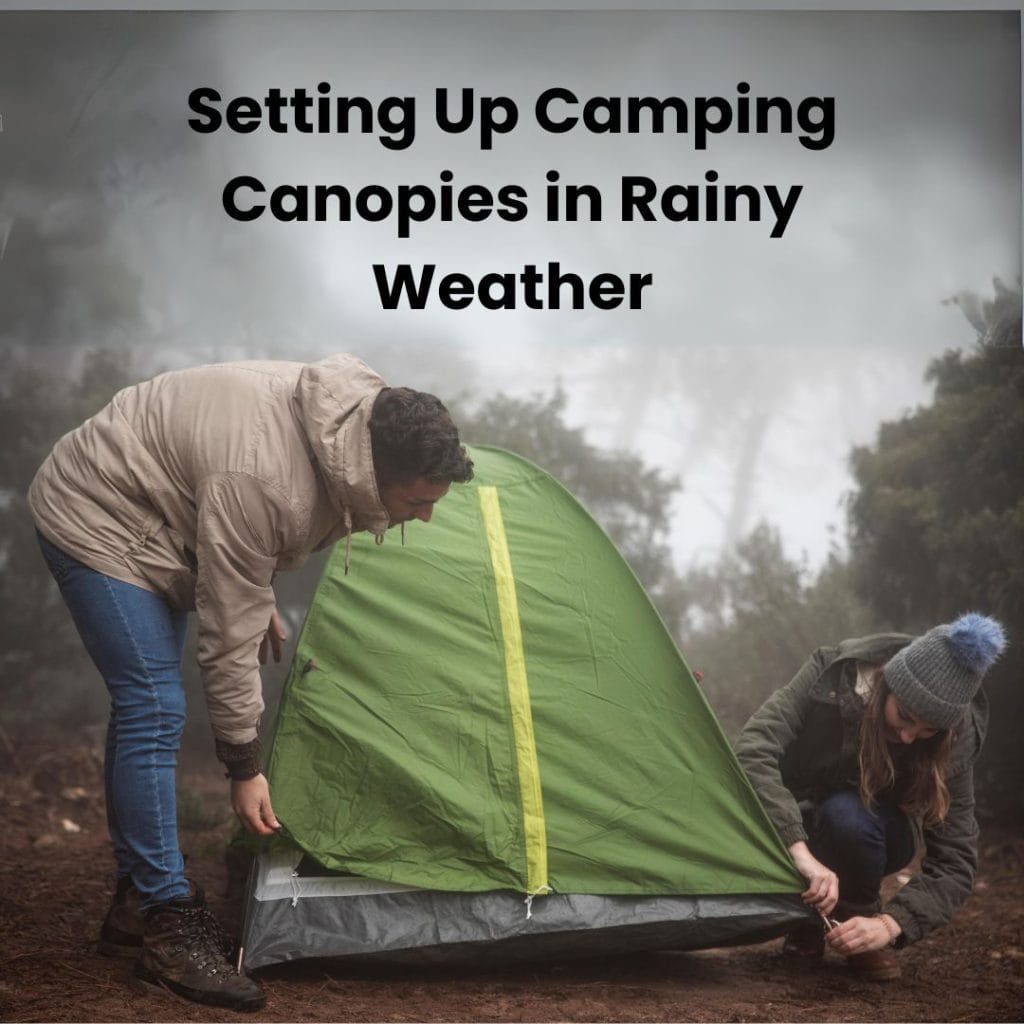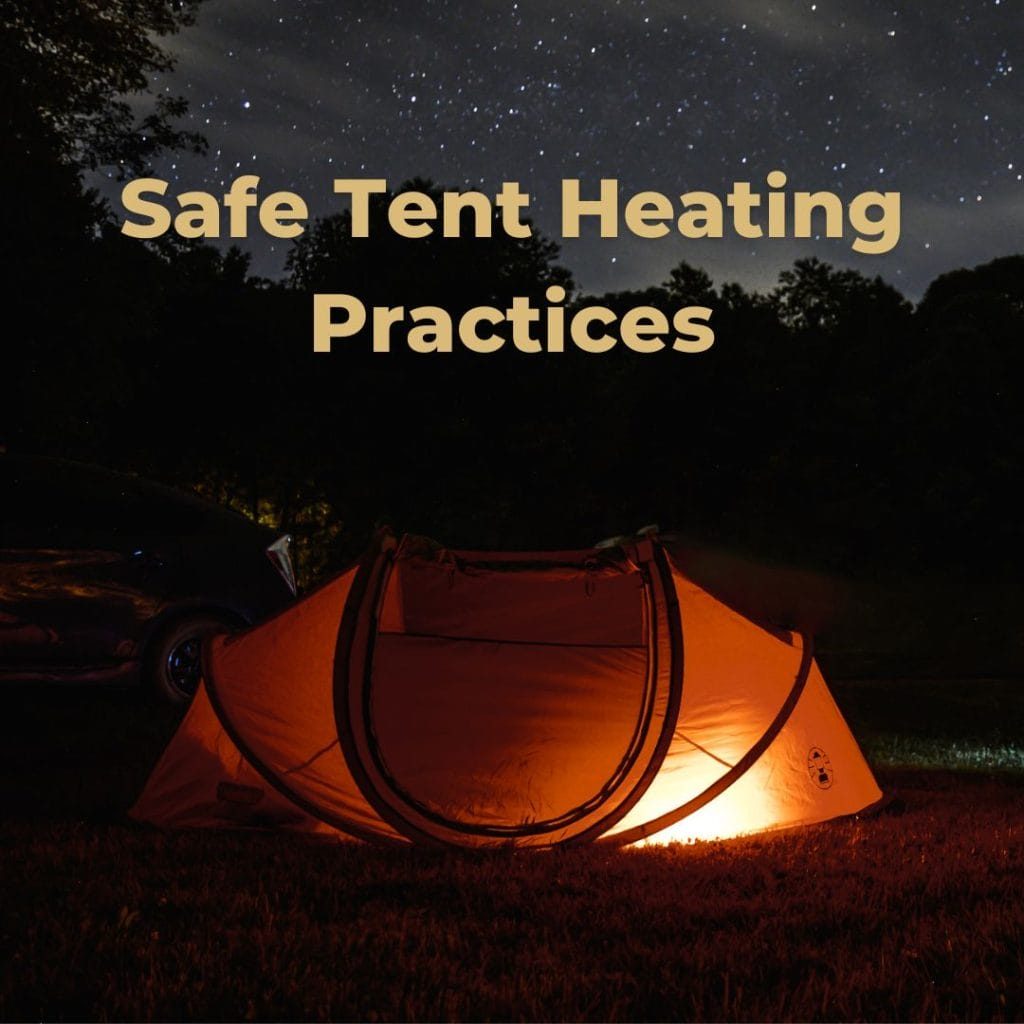Ensuring your camping experience is comfortable all year round, specifically during colder months, necessitates effective heating inside your tent, but safety should always be the top priority. This guide, titled “Best Practices for Safe and Efficient Tent Heating,” is designed to arm outdoor enthusiasts with critical information on heating their tents safely and efficiently. We will explore various heating methods, devices, and their safety considerations, offering guidance on how to create a warm and cozy refuge without compromising safety. Stay tuned as we delve into this essential aspect of camping.
Choosing the Right Heater
Selecting the appropriate heater is pivotal for safe and efficient tent heating. Heaters are diverse – each type with its unique strengths and drawbacks. Propane heaters, for instance, are renowned for their efficiency – they can quickly warm up a space. However, electric heaters generally provide a higher safety margin, reducing fire risks. It’s also vital to factor in the tent’s size when choosing a heater. An overly powerful heater for a small tent might pose safety risks, while an undersized heater in a large tent will be ineffective. Understanding these nuances ensures a safer and more comfortable camping experience.
Proper Ventilation
Proper ventilation is critical when heating a tent. A well-ventilated tent ensures a fresh supply of oxygen, which not only supports combustion for certain types of heaters but also helps to maintain a healthy breathing environment.
Each heater, during its operation, consumes oxygen while producing carbon dioxide. Without adequate ventilation, this could lead to an unhealthy buildup of gases.
To maintain good airflow and promote safety, ensure there’s an opening for fresh air to come in and stale air to flow out. This practice is vital in maintaining a safe, warm, and comfortable tent environment.
Safe Placement
The placement of your heater plays a significant role in safe tent heating practices. Always ensure the heater is placed on a flat, stable surface to reduce the risk of tipping. This not only boosts efficiency but also prevents potential fire hazards.
Avoid situating your heater near flammable materials. Items such as sleeping bags, clothing, or the tent walls can easily catch fire if in close proximity to a heater. By keeping these items at a safe distance, you can maintain a warm tent environment without compromising safety. This strategic positioning contributes to an enjoyable and risk-free camping experience.
Heater Maintenance
Regular maintenance and inspection of your tent heater are essential practices to ensure its efficient and safe operation. A clean heater not only works better but also minimizes the risk of fire. Regular cleaning helps prevent dust and dirt accumulation, which can hamper the heater’s effectiveness.
Frequent inspections can identify any signs of damage or wear early. Look for any physical damages, loose parts, or corrosion. Promptly replace worn-out parts to avoid any malfunctions.
Using a Carbon Monoxide Detector
Incorporating a carbon monoxide (CO) detector into your safe tent heating practices adds an additional layer of protection. Despite appropriate ventilation, there’s still a risk of CO build-up, a gas that’s both odorless and colorless, making it particularly dangerous.
A CO detector serves as a reliable early-warning system, alerting you if this harmful gas surpasses safe levels. It functions much like a smoke detector, emitting a loud alarm when hazardous CO concentrations are detected.
In essence, a CO detector is an invaluable tool in your camping gear, significantly enhancing safety by preventing potential CO poisoning.
Turning Off Heaters When Sleep
One crucial aspect of safe tent heating practices is turning off heaters when you’re about to sleep. Leaving a heater on while you’re asleep increases the risk of fire and gas accumulation, especially in a confined space like a tent.
Even with a carbon monoxide detector installed, it is safer to turn off heaters during sleep. This eliminates the possibility of an unchecked rise in heat leading to a fire, or gas leaks that may occur due to unforeseen malfunctions in the heater.

